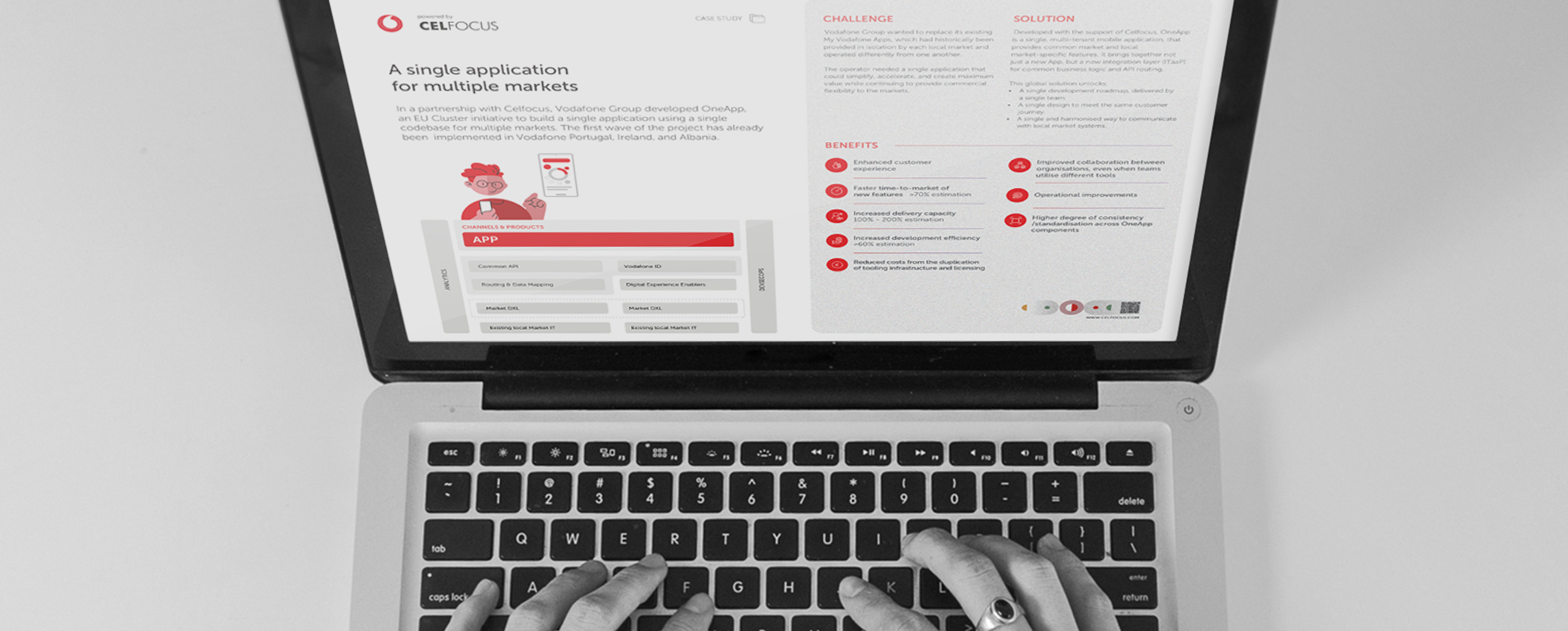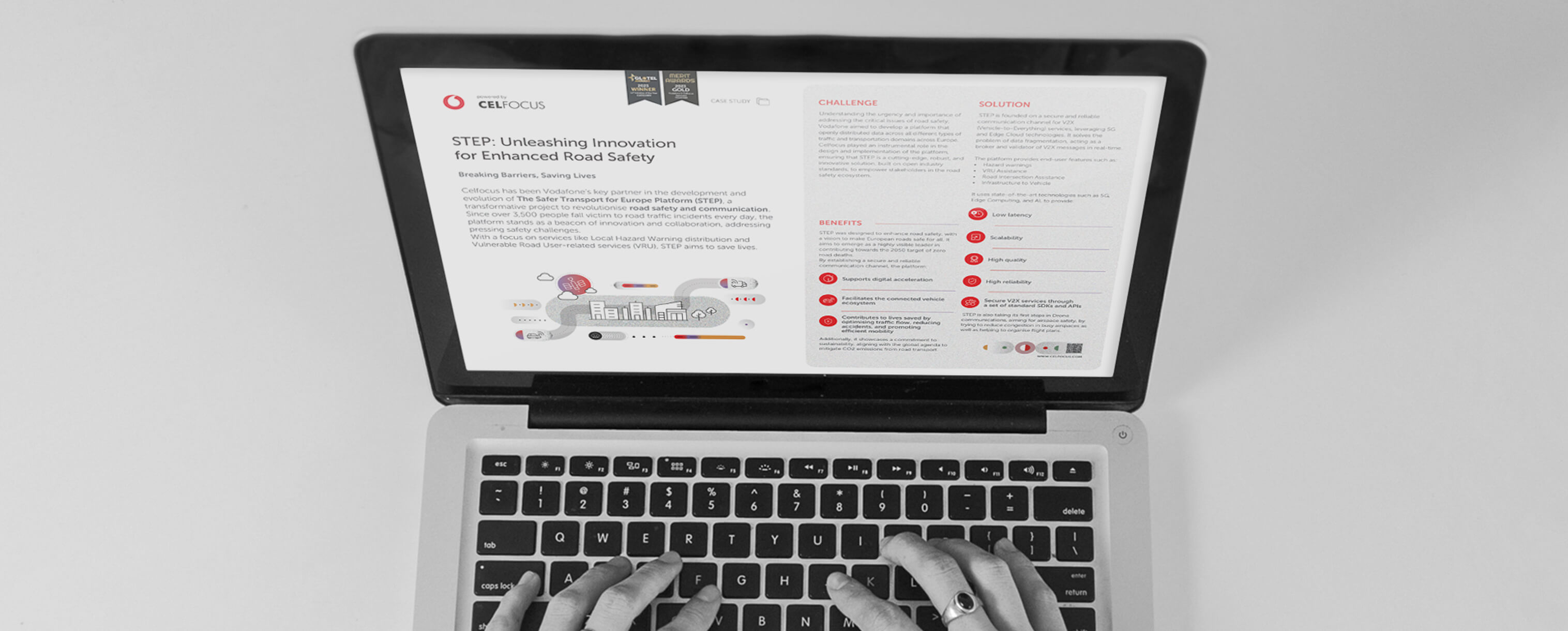|---Module:text|Size:Small---|
On Part 1 of this article, we approached the concept of MDM and how it works. On this final part, we will get into deeper detail by speaking about MDM key processes, use cases and impact for the Telecommunications industry.
MDM key processes
These are the key processes for any MDM system:
- Profile the master data. Understand all possible sources and the current state of data quality in each source. This means that for each master data business entity to be managed centrally in a master data repository, all existing systems that create or update that master data must be assessed with regards to their data quality.
- Consolidate the master data into a central repository and link it to all participating applications. Without consolidating all the master data attributes, key management capabilities, such as the creation of blended records from multiple trusted sources, is not possible. Data is typically fragmented and duplicated across operational silos, resulting in an inability to provide a single, trusted data profile. It is often impossible to determine which version of the data (in which system) is the most accurate and complete. The consolidation process resolves this issue by delivering a set of interfaces, standards compliant services and processes necessary to consolidate data from across the enterprise. This process includes a survivorship capability to solve any data conflict situation, which consists of a set of features and processes to analyse the quality of incoming customer data to determine the best version of the master record that will override any other data source.
- Govern the master data. Clean it up, deduplicate it and enrich it with information from other systems, according to business rules. Cleansing involves standardisation, error correction, matching, deduplication and augmentation of the data. Governing involves data definition, data quality rule definitions, privacy and regulatory policies, auditing and access controls.
- Share it. Synchronise the master data with enterprise business processes and the connected applications. For MDM to be most effective, it needs to propagate the master data to the applications and expose the master data to the business processes. MDM ensures that data stays in sync across the IT landscape, as quality master data in its own closed silo does not bring the potential advantages to the organisation.
Historically, enterprise applications were written with the understanding that they had total control over their own data. Today we know that key business data needs to come from authoritative sources outside of particular application domains, and that data needs to be shared beyond the applications boundaries.
MDM is designed to accomplish these goals, but implementation roadblocks are created by applications that are not aware of these realities. When an application understands that the key data elements within its domain have business value beyond its borders, it is called a “MDM Aware Application”.
An MDM Aware application is prepared to:
- Match and fetch key data elements and attributes from an outside master data source;
- Synchronise its own data to external MDM systems;
- Use outside data quality processes for data entry verification and enrichment;
- Grant the data mastership to the MDM system.
What is MDM used for?
Over the last decades, IT landscapes have grown into complex arrays of different systems, applications and technologies. This fragmented environment has created significant data problems, and as systems of record and customer engagement applications expand in use, companies find they have no single clear view over data. In fact, the need to create, manage and deliver a single version of truth is vital to enabling organisations to drive true digital transformation, such as providing a superior product, digital and customer experience. It’s also more challenging than ever, given the ubiquitous use of mobile, IoT and the cloud, to manage the overwhelming amount of data produced by companies worldwide every day.
This is where MDM comes into play and where it can help highly-data-distributed organisations and those that have frequent or large-scale merger and acquisition activity. MDM is intended to provide a view over consolidated data from multiple system sources. At the same time, the MDM system typically is configured to give a federated view of data across the organisation so that standard approaches to treatment of data are maintained. It removes duplicate records and combines incomplete data to create a “golden record”, which acts as a single version of the truth that connects business systems. MDM also helps companies with segmented product lines, preventing disintegrated customer experiences.
MDM for Telecom?
MDM is applicable to Telecoms in the same above described scenarios. It is useful mainly for scenarios where multiple systems master the same business data, commonly where different IT stacks manage different lines of businesses or product lines. MDM brings benefits by managing a common business data view, by merging the same data from the siloed distinct IT stacks.
|---Module:text|Size:Small---|
Conclusions
Merging everything together, MDM is all about:
- Creating and maintaining a consistent and shared view over master data across the enterprise;
- Supporting the global identification, linking and synchronisation of master data across heterogeneous data sources through semantic reconciliation of data;
- Providing a single source of truth for master data;
- Establishing processes to maintain quality data for master data entities;
- Creating and managing a central, persisted system of master data;
- Supporting ongoing master data stewardship and governance requirements through workflow-based monitoring and corrective-action techniques;
- Being agnostic to the business application landscape in which they reside, i.e., they do not assume or depend on the presence of any particular business application(s) to work.
MDM concepts should not be confused with Data Virtualisation concepts. The main difference between them is that when introducing a MDM into the IT landscape, the same MDM system will become the master system for the data it will manage, removing the mastership from the operational systems. Any related data flow needs to be updated to consider this new mastership, i.e., any operation over data in any operational system needs to be validated and made effective by the MDM system, being the result of that same operation propagated to any system using the same data.
|---Module:text|Size:Small---|
References
- https://searchdatamanagement.techtarget.com/definition/master-data-management
- https://www.oracle.com/applications/master-data-management/
- https://www.informatica.com/services-and-training/glossary-of-terms/master-data-management-definition.html
- https://www.stibosystems.com/what-is-master-data-management





















